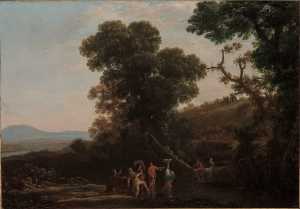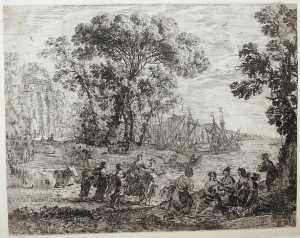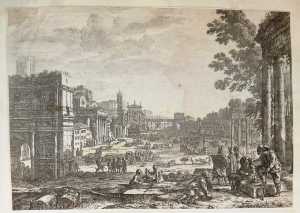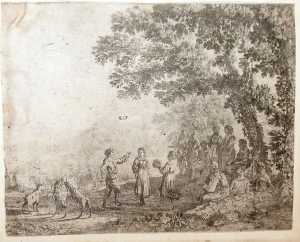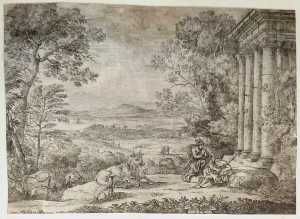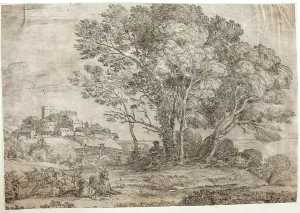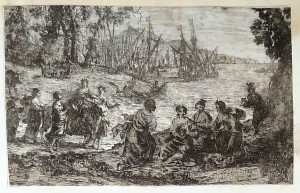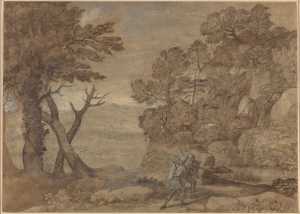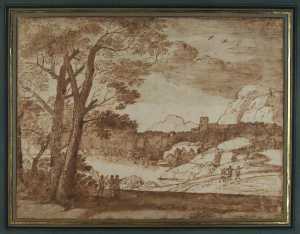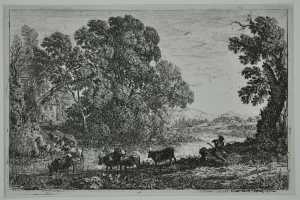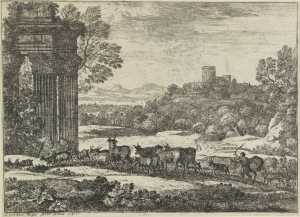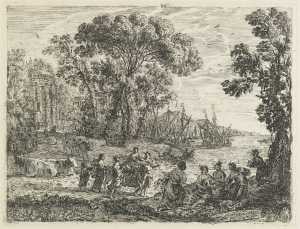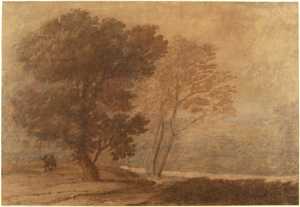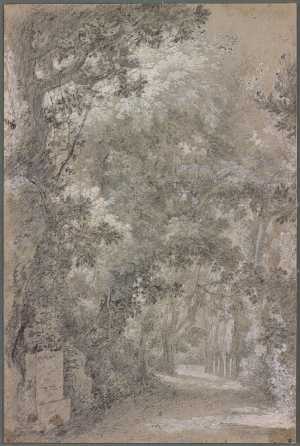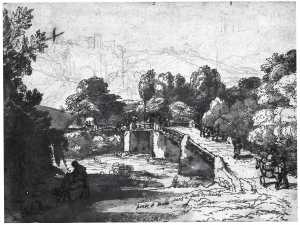The museum has thirteen drawings by Claude Gellée, also known as (le) Lorrain, after the region in which he was born. Claude moved to Italy at an early age and remained there for the rest of his life. He made numerous studies of nature – mostly around Rome – some of which he went on to work up in his studio. He also produced carefully composed drawings of imaginary, idealized landscapes. Claude gained a reputation as a landscape painter and built up an international clientele. Landscapes are the principal subject of Claude’s works. The biblical or mythological scenes in many of them were secondary.
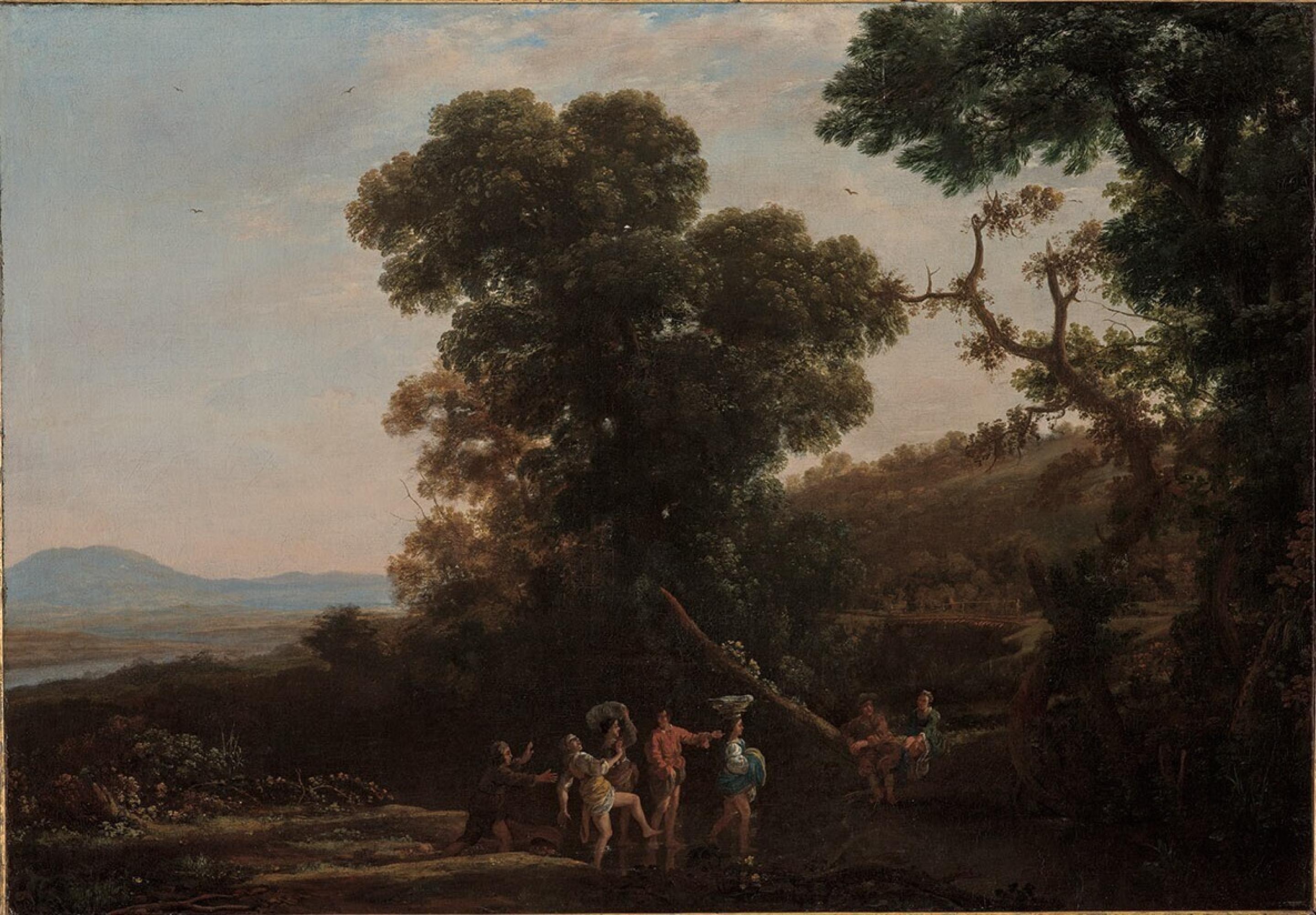
Claude Lorrain
Chamagne 1604/1605 - Rome 1682


